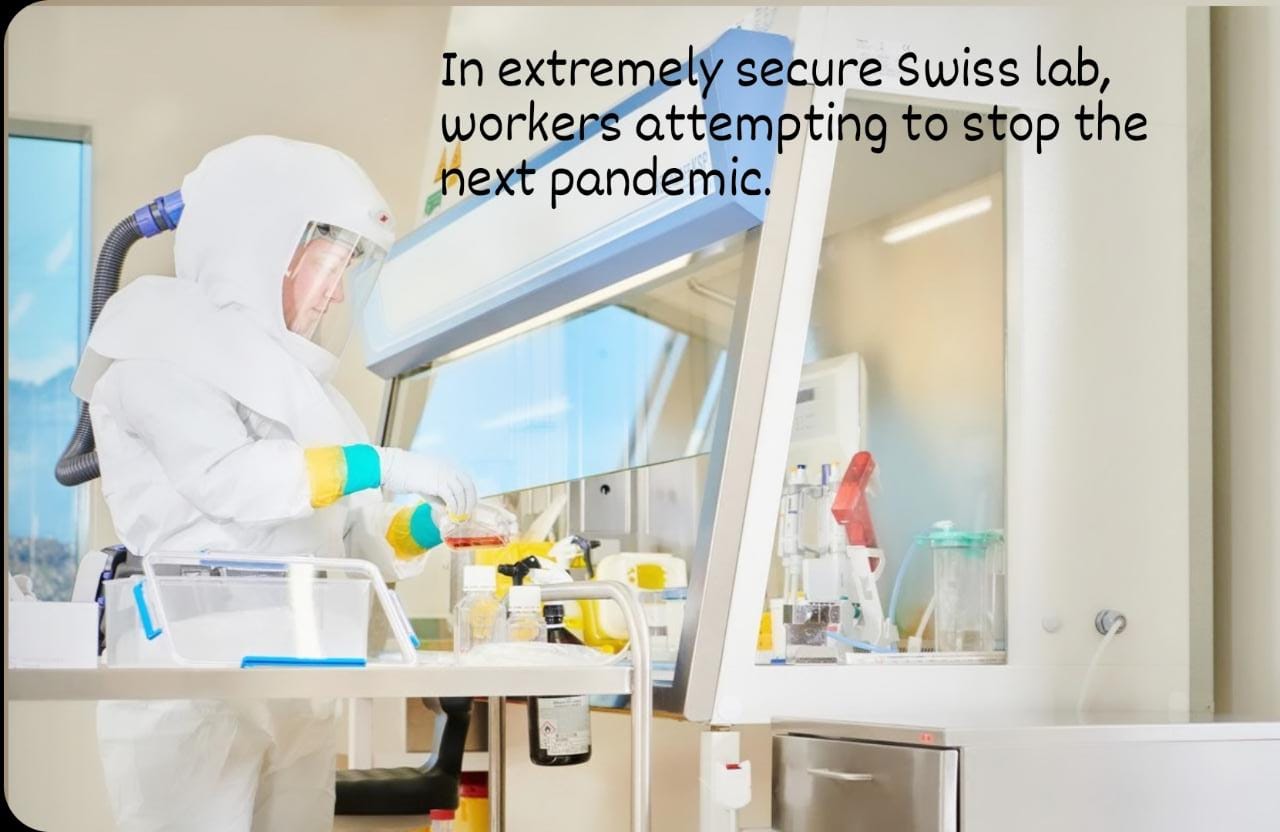
Crystal clear waterways below, snow-capped Swiss Alps above, and a highly protected laboratory studying the world’s deadliest pathogens—the scene is something out of an espionage thriller.
The World Health Organization tasked Spiez Laboratory last year to be the first in a global network of high-security laboratories that will grow, store, and share newly discovered microbes that could cause the next pandemic. Spiez Laboratory is well known for its detective work on chemical, biological, and nuclear threats since World War Two.
The WHO’s BioHub programme was partially inspired by the difficulties researchers had obtaining samples of the SARS-CoV-2 virus, which was initially discovered in China, in order to comprehend its hazards and create methods to combat it.
But a little over a year later, scientists working on the project have run across problems.
These include obtaining the assurances required to accept coronavirus variant samples from various nations, the project’s initial phase. The biggest nations in the world might not collaborate. Furthermore, there is currently no way to exchange samples for the purpose of creating vaccines, treatments, or testing without violating intellectual property laws.
In a rare media appearance inside the facility, Isabel Hunger-Glaser, head of the BioHub project at Spiez, said, ‘If we get another epidemic like coronavirus, the ideal would be it stays wherever it started.’ Therefore, it is necessary to send samples to the hub so they can aid scientists everywhere in evaluating the risk.
She stated, ‘We have realised it’s lot harder than we had imagined.’

Post Your Comments